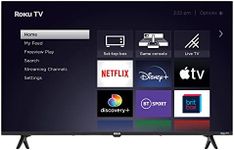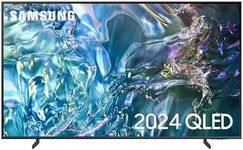Buying Guide for the Best Smart Tvs
Choosing the right smart TV can significantly enhance your entertainment experience. With so many options available, it's important to understand the key specifications that will impact your viewing pleasure. By focusing on these specs, you can find a TV that fits your needs and preferences perfectly.Screen SizeScreen size refers to the diagonal measurement of the TV screen, usually in inches. This spec is important because it determines how immersive your viewing experience will be. Smaller screens (32-43 inches) are suitable for bedrooms or small living rooms, while medium screens (50-65 inches) are ideal for average-sized living rooms. Larger screens (70 inches and above) are best for spacious rooms or home theaters. Consider the size of your room and the distance from which you'll be watching to pick the right screen size for you.
ResolutionResolution indicates the number of pixels that make up the picture on the screen. Higher resolution means more detailed and sharper images. Common resolutions include Full HD (1080p), 4K (2160p), and 8K (4320p). Full HD is sufficient for smaller screens, while 4K is ideal for larger screens and provides a noticeable improvement in picture quality. 8K offers the highest resolution but is more suitable for very large screens and future-proofing. Choose a resolution based on your screen size and how much you value picture clarity.
Smart FeaturesSmart features refer to the TV's ability to connect to the internet and run apps like streaming services, games, and social media. This spec is important because it determines how versatile and convenient your TV will be. Basic smart TVs offer essential apps like Netflix and YouTube, while more advanced models provide voice control, smart home integration, and a wider range of apps. Consider what smart features you need based on your usage habits and how much you want to integrate your TV with other smart devices.
Refresh RateRefresh rate is the number of times the TV updates the image on the screen per second, measured in Hertz (Hz). This spec is important for smooth motion, especially in fast-paced content like sports and action movies. Standard refresh rates are 60Hz, while higher rates like 120Hz or 240Hz provide smoother motion. If you watch a lot of sports or play video games, a higher refresh rate will enhance your experience. For regular TV watching, 60Hz is usually sufficient.
HDR (High Dynamic Range)HDR enhances the contrast and color range of the TV, making images more vibrant and realistic. This spec is important for a more immersive viewing experience, especially in movies and shows with high production values. Basic HDR formats include HDR10, while more advanced formats like Dolby Vision offer even better performance. If you enjoy watching high-quality content and want the best visual experience, look for TVs with advanced HDR capabilities.
ConnectivityConnectivity refers to the ports and wireless options available on the TV, such as HDMI, USB, Bluetooth, and Wi-Fi. This spec is important for connecting external devices like gaming consoles, sound systems, and streaming devices. More HDMI ports allow you to connect multiple devices simultaneously, while USB ports are useful for media playback. Bluetooth and Wi-Fi enable wireless connections for streaming and smart home integration. Consider the number and type of devices you plan to connect to choose a TV with adequate connectivity options.
Audio QualityAudio quality refers to the sound performance of the TV, including built-in speakers and support for external sound systems. This spec is important for an immersive viewing experience, as good audio can significantly enhance the impact of movies and shows. Basic TVs have standard stereo speakers, while more advanced models offer surround sound and support for external sound systems like soundbars. If you value high-quality audio, look for TVs with better built-in speakers or compatibility with external audio devices.
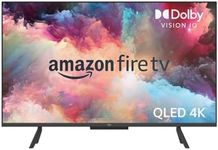



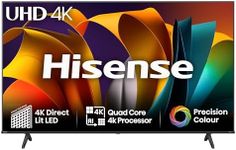
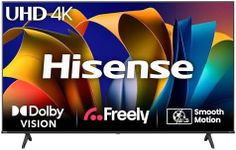
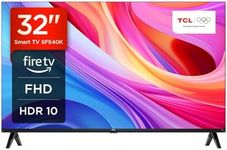
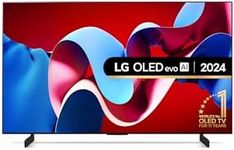

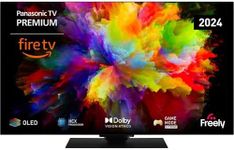
![LG 50UT73006LA 50-Inch 4K UHD Smart TV, α5 AI Processor Gen7, Freeview Play and Amazon Alexa, 60Hz, Ashed Blue [Model 2024]](https://images-proxy.bestreviews.guide/7zM5Epzv7K5hnA2-00lCj1LoNDg=/0x150/https://m.media-amazon.com/images/I/41Bl-wLsbpL._AC_CX679_.jpg)

